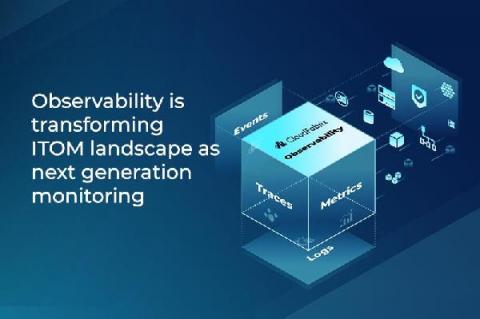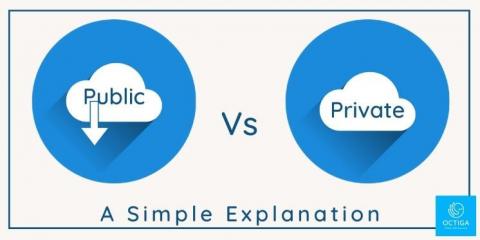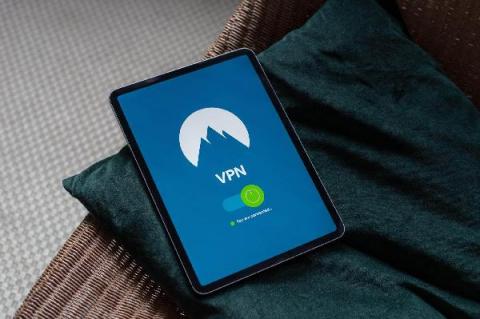Security | Threat Detection | Cyberattacks | DevSecOps | Compliance
Latest News
Public vs Private Cloud Security: A Simple Explanation
(Guest Post) There is no worse feeling than the heartache you get after recording your child’s milestones, only for the mobile phone to start warning that the internal storage is running low. Or maybe you cannot function without music, and you have been downloading so many songs that both your internal storage and memory card are full. Most people would rush to delete some of the songs, but you should not have to decide between two of your favourite artists because you are not one of them.
A Guide to VPN Security
Many people are familiar with VPNs in the context of trying to stream TV shows for free. A VPN can make it seem like you’re in a different country by displaying an IP address in Europe or the US, for instance. Appearing to be in New York while traveling in the Netherlands gives you access to sites like Netflix, Hulu, and HBO Max — but the advantages of VPN security go beyond streaming the latest TV shows.
Analysis of an attack on automotive keyless entry systems
The convenience of keyless entry systems can come at a price: your security. Learn how key fob hacks happen and why proactive security measures are a vital part of stopping them. With increased connectivity capabilities and larger and more complex software in automotive systems, modern vehicles are becoming more susceptible to cyber security attacks.
Defense Department Cybersecurity: All Ahead on Zero Trust
With the Defense Department’s quick and successful pivot to a remote workforce last Spring via its Commercial Virtual Remote (CVR) environment, it proved that the future to fully operate from anywhere in the world is now. Gone are the days of thousands of civilian employees heading into the Pentagon or other installations everyday. However, with this new disparate workforce comes increased risks for network security. As my colleague Bill Wright expertly noted last Summer.
Using Technology to Keep Compliance Costs Down
Cybersecurity and online gaming: Don't be a victim
Theresa Lanowitz collaborated on this blog. The proliferation of technology and internet connectivity has made it possible for people to seek out most things online, and gaming and gambling are not exceptions. In addition to online video games, social media, music, and video streaming, there are also online casinos and gambling for real money. Well, for gambling in the USA there are state laws to mind, but in some states online gambling is permitted.
How to perform a cyber security risk assessment? Step by step guide.
Taking cyber security risk assessment out of the equation, risk assessments are nothing new to the world. Industries such as nuclear, aerospace, oil, agriculture, military and railroad have long-established processes to deal with risk. Continuous risk assessments are performed by food, medical, hospital sectors to control risks affecting their environments.
What is symmetric and asymmetric encryption? Examples & Use cases (including top mistakes)
Encryption is the process of converting plaintext data into an alternative form known as ciphertext. However, only authorised users can decipher the ciphertext back into clear-text to access the information. There are two types of encryption in widespread use, i.e. symmetric and asymmetric encryption. These names symbolise whether the same key can be used for encryption and decryption processes. These two terms: Encryption and cryptography, are often used interchangeably.
Snyk IaC scanning enhancements include Azure and AWS infrastructure as code
Recently I wrote about Infrastructure as Code (IaC) and how Snyk’s IaC scanning can help catch issues in your templates before they make it to provisioning. Our engineering team continues to expand the breadth of our IaC scanning policies to better protect your platforms from vulnerabilities and issues.











